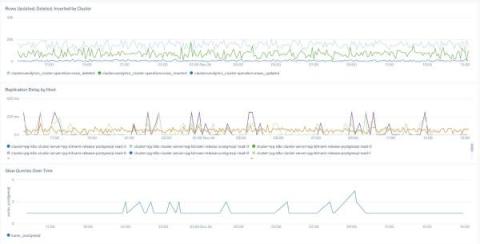With 36M+ Downloads, VictoriaMetrics Skyrockets to New Heights: 2021 in Review
We took advantage of the quiet days between holidays to look back on the year past and thank our users and customers for their support in 2021 - and wish you a very happy 2022!










